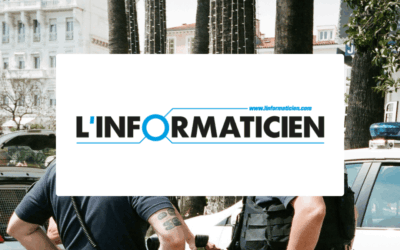In an opinion piece published in Focus RH, Azzeddine Bendjebbour, President and Founder of Suadeo, reminds us that data only has value when it is put at the service of action. How can organizations foster ownership of their data assets to empower business teams to act quickly and effectively?
The quotes below are taken from the article published in Focus RH.
Today, companies have access to an enormous volume of information, a true goldmine for decision-making. Yet, its exploitation is often hindered by heavy technical processes and endless back-and-forth between business teams and IT departments. As a result, business users disengage, and this data wealth ends up “stagnating” on servers.
At best, attempts are made to use it, but by the time business teams get the information they need, it no longer reflects the current reality.
“Between the constant back-and-forth with IT to fine-tune queries, the exchanges with business teams to clarify requirements, and the multiple iterations before validation, time works against analysis. By the time results are available, the situation on the ground has already changed. .”
Empowering Business Teams to Act in Real Time
The only way to free business teams from endless iterations with data experts is Self-Business Intelligence (Self-BI), direct access to the company’s data assets, expressed in business language, manipulable at will and in a secure environment that preserves data quality. This enables business users to test hypotheses in real time and easily visualize the impact of potential decisions.
“Data must be understandable and immediately usable. When raw information is translated into accessible business language, it becomes true ‘usage data’, instantly interpretable and actionable.”
Turning Analysis into Action
Azzeddine Bendjebbour summarizes this philosophy with the 80/20 rule: dedicate 20% of the time to handling data in order to free up 80% for decision-making and action. To achieve this, systems must be simplified for business users while enforcing complex governance, quality, and security rules across the entire data lifecycle, from ingestion onward.
“By removing technical barriers, we give business teams the ability to leverage their expertise and turn every insight into a competitive advantage.“
With a single unified system, users can manipulate all available data, correlate datasets to test their intuitions, adjust or modify in real time, and identify the optimal combination to answer their business question.
This instant, autonomous use of data, without third-party delays, paves the way for informed decision-making and the identification of concrete actions to be taken.
“It’s not enough to look at dashboards or spot trends. What truly matters is identifying tangible levers for action. Data only has value when it serves action. .”
To learn more, visit Focus RH to read the full article.






